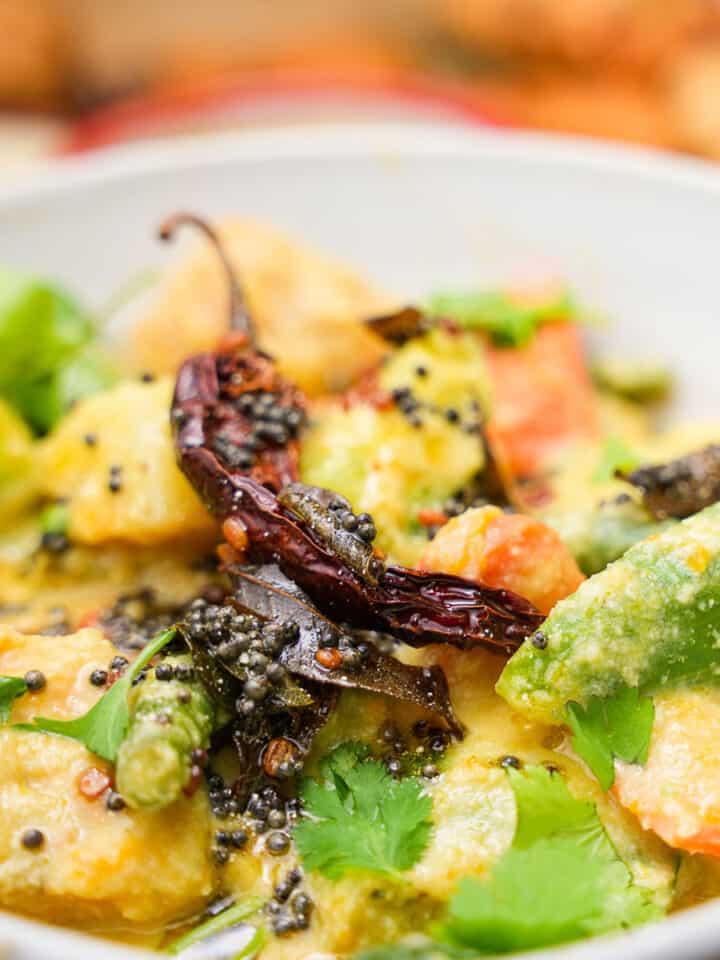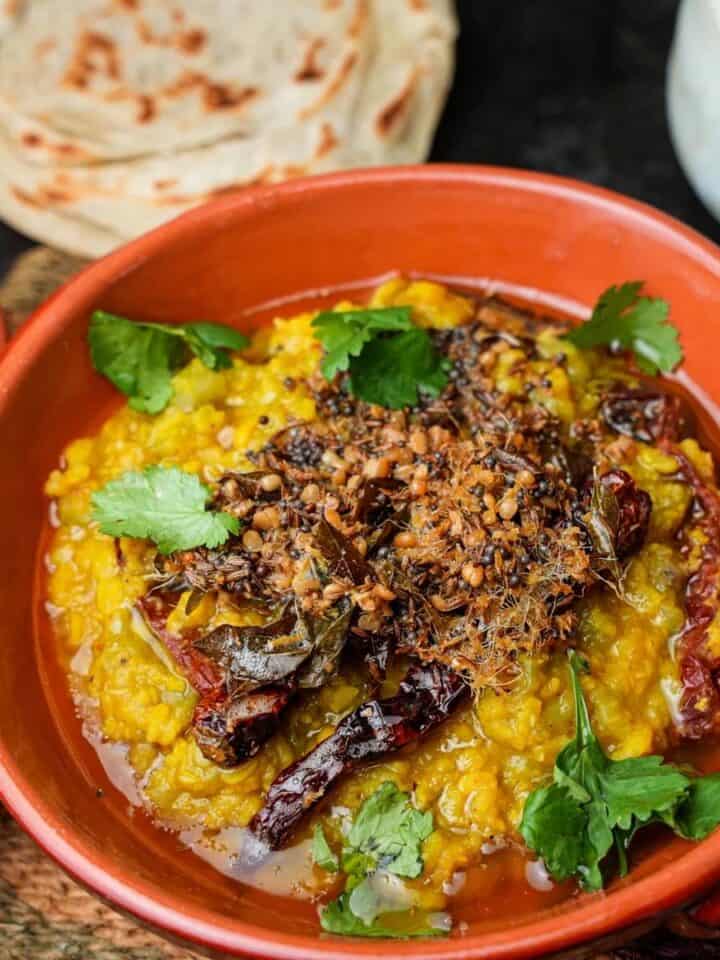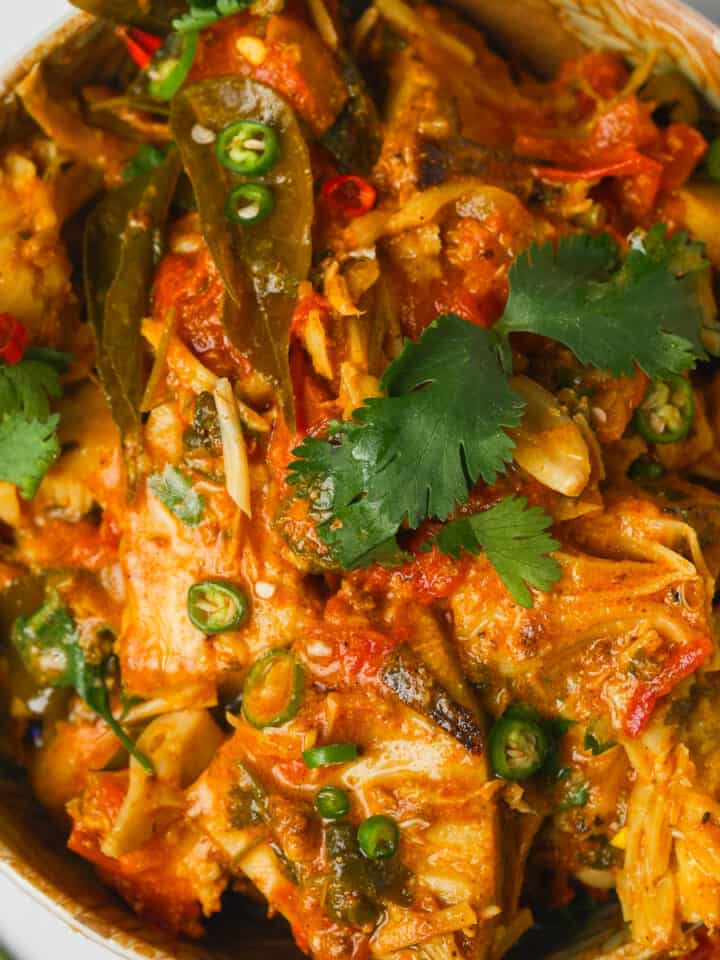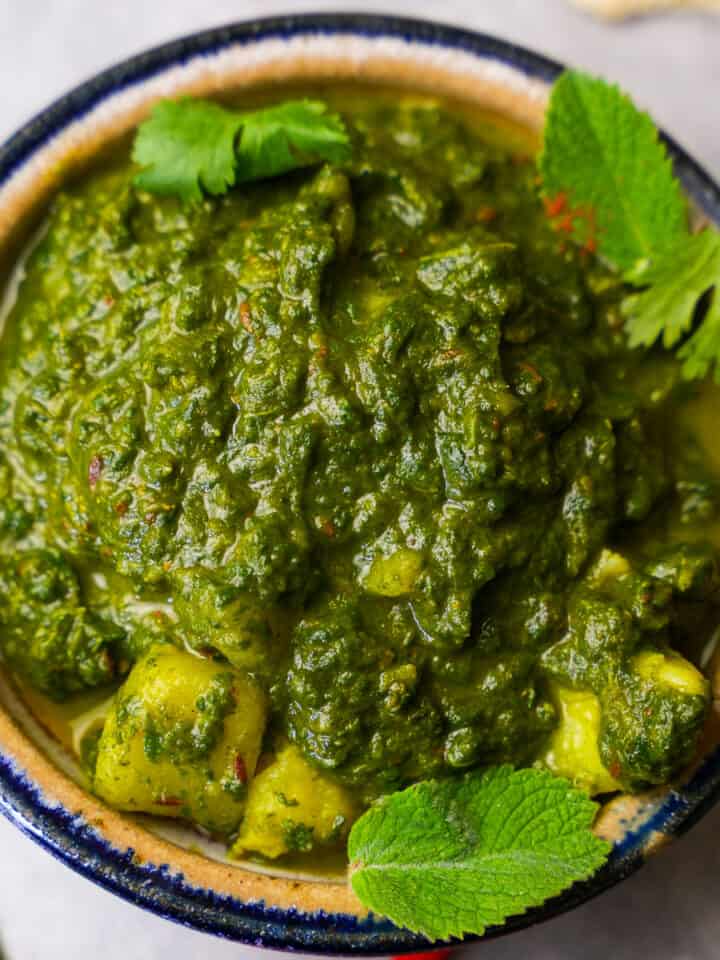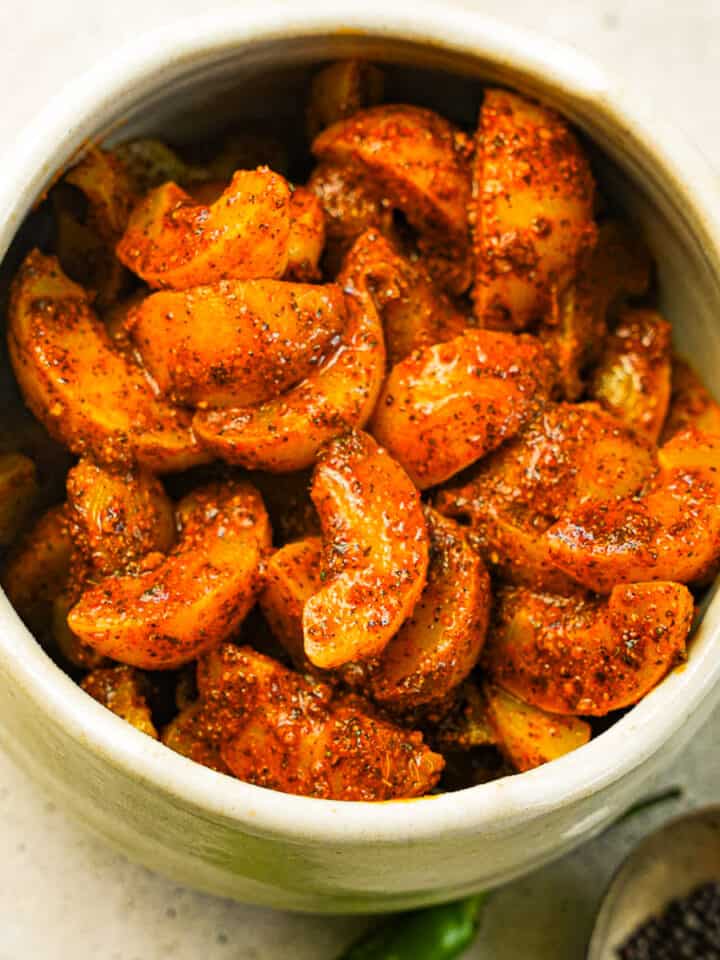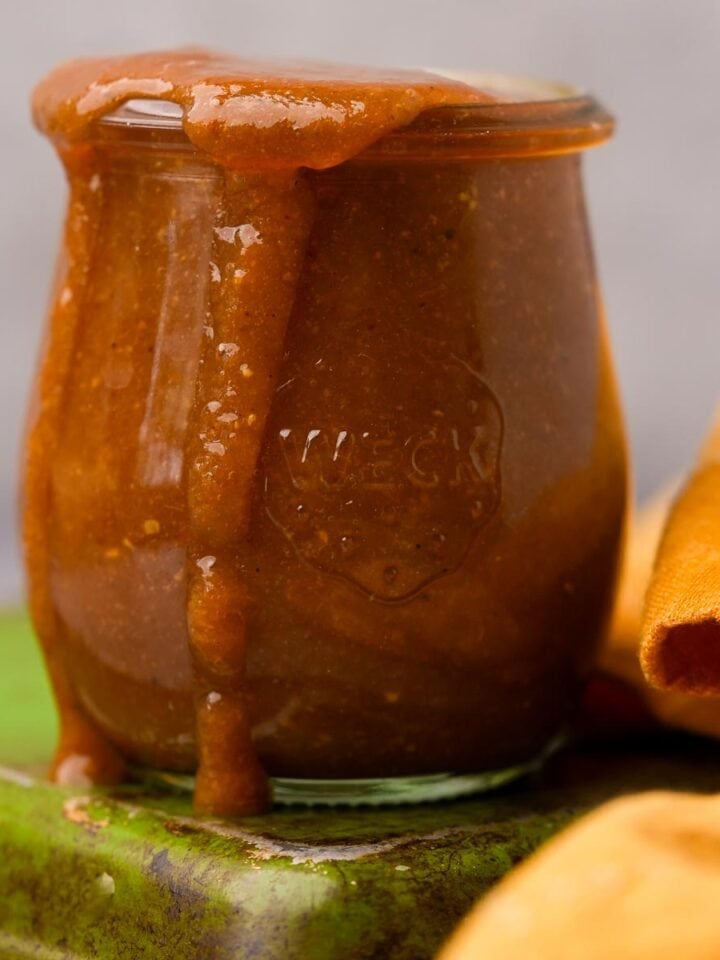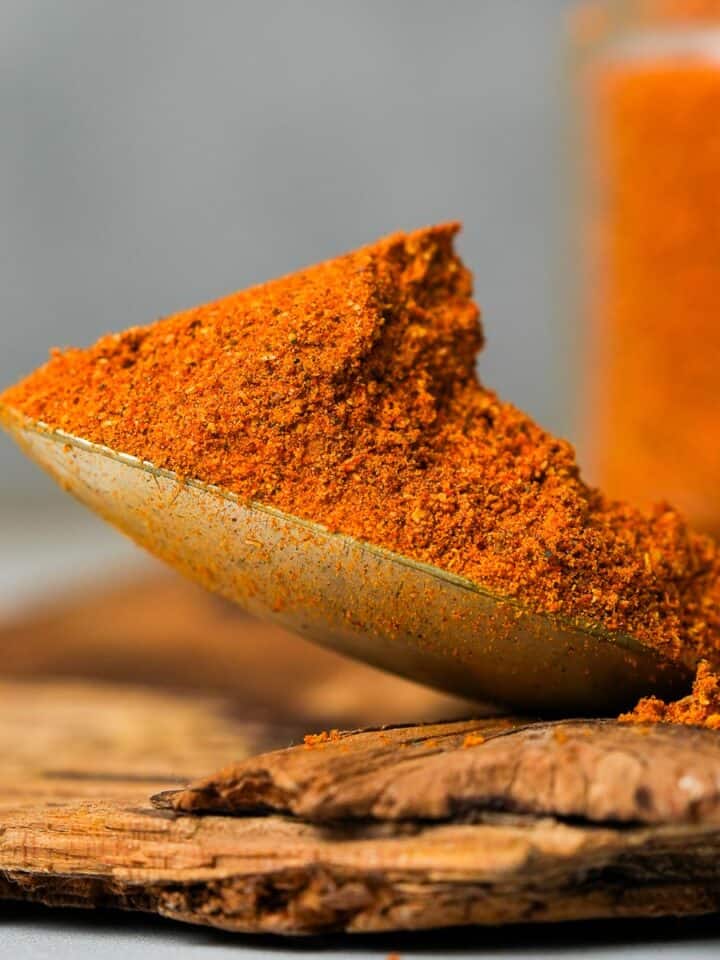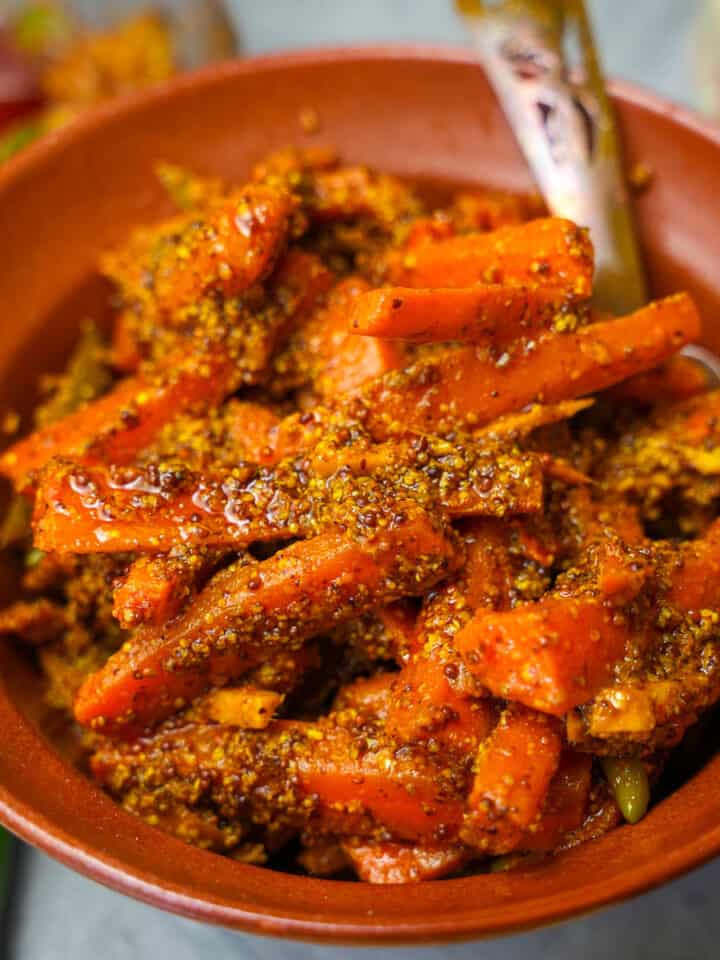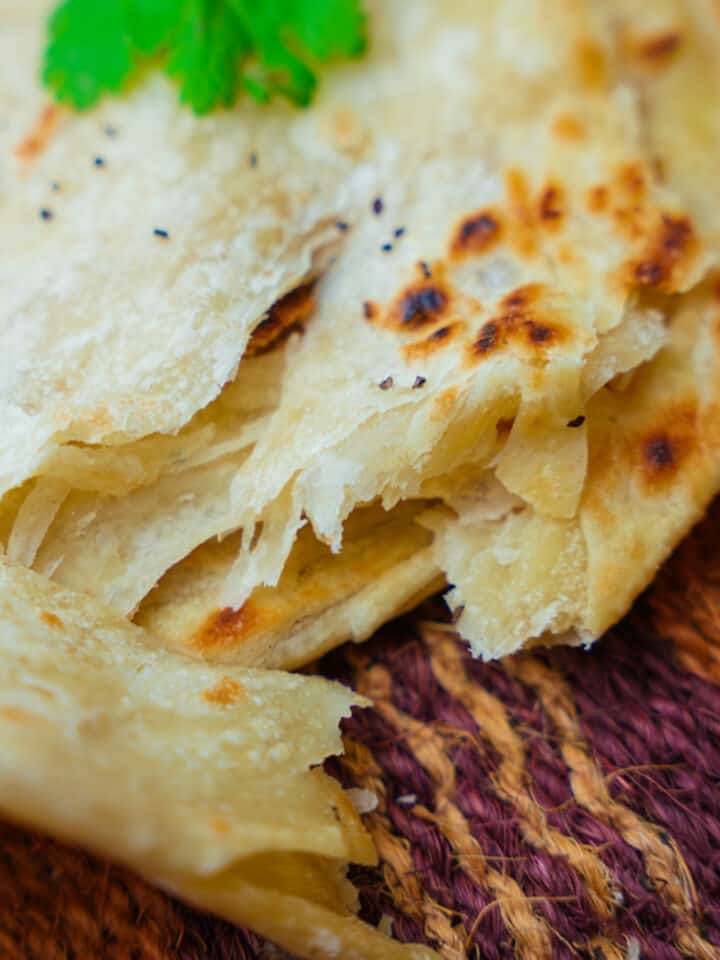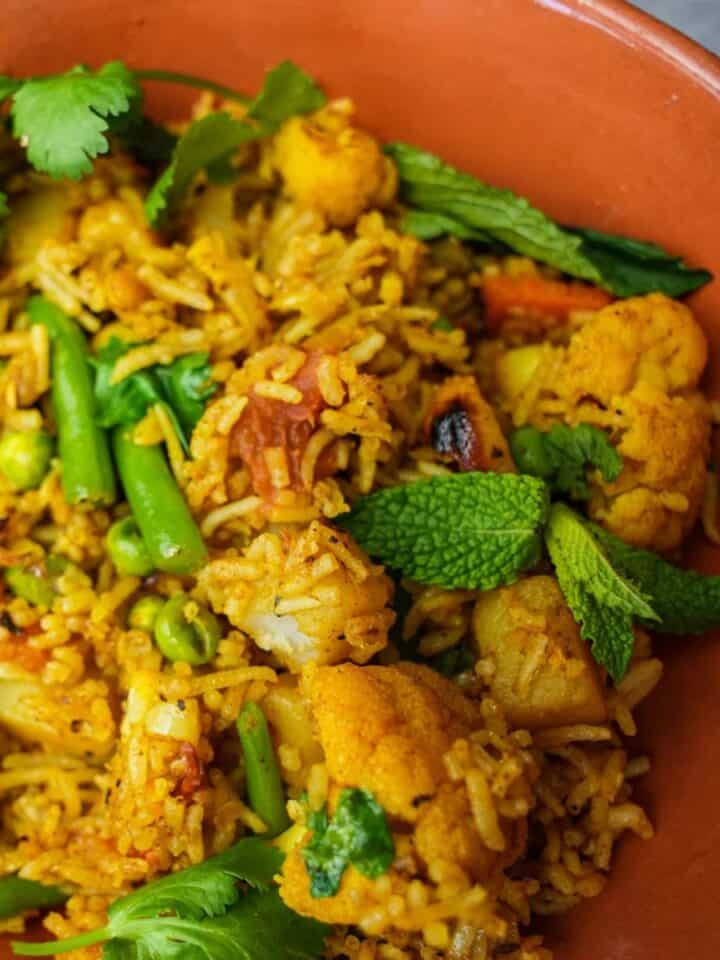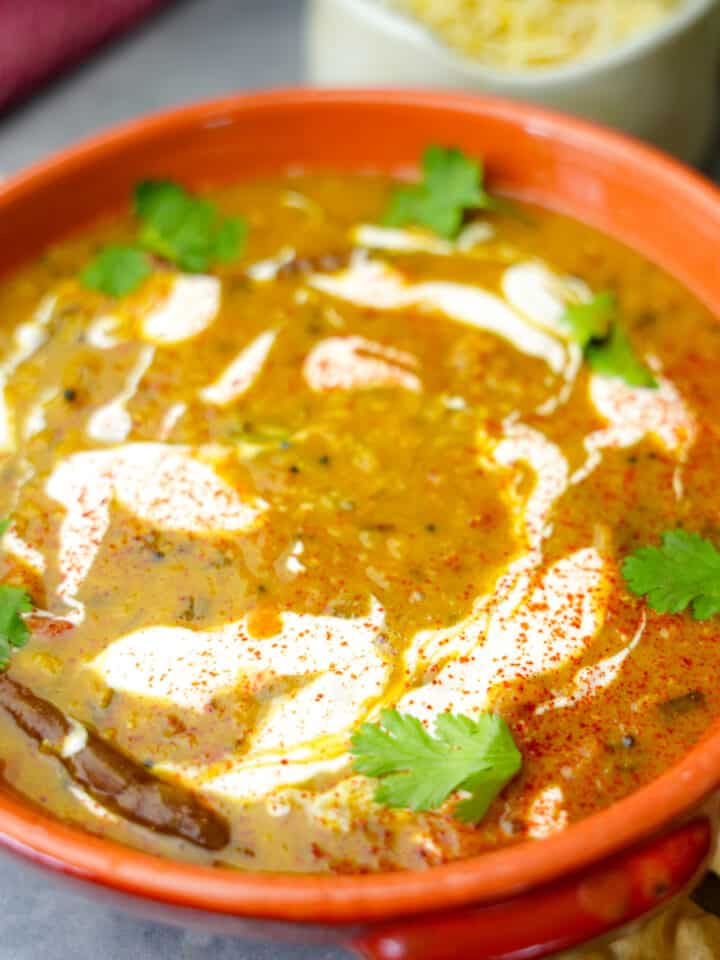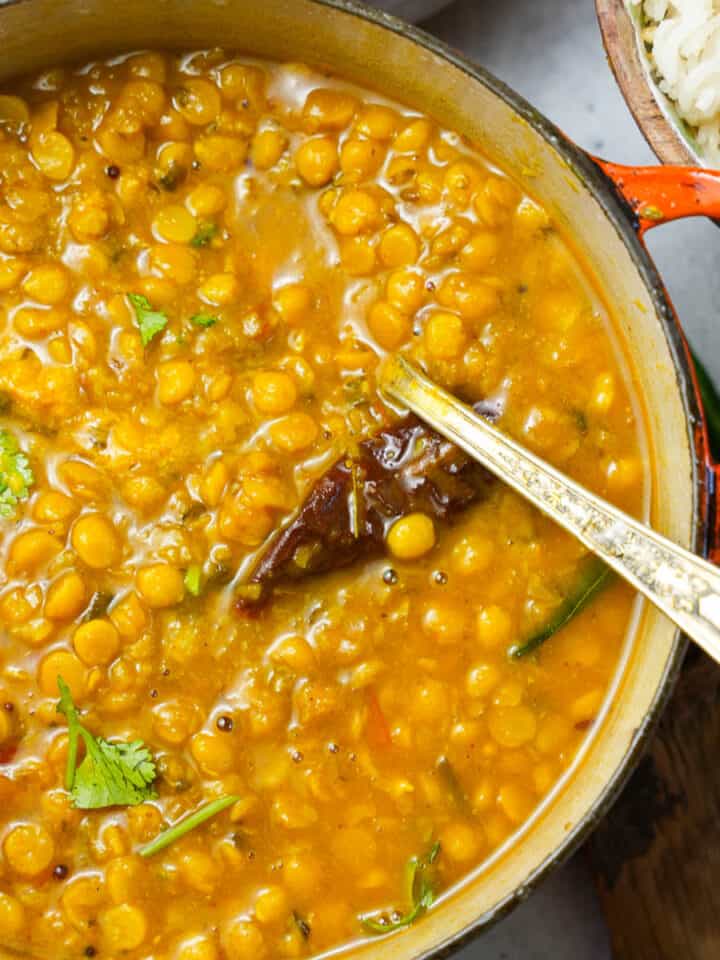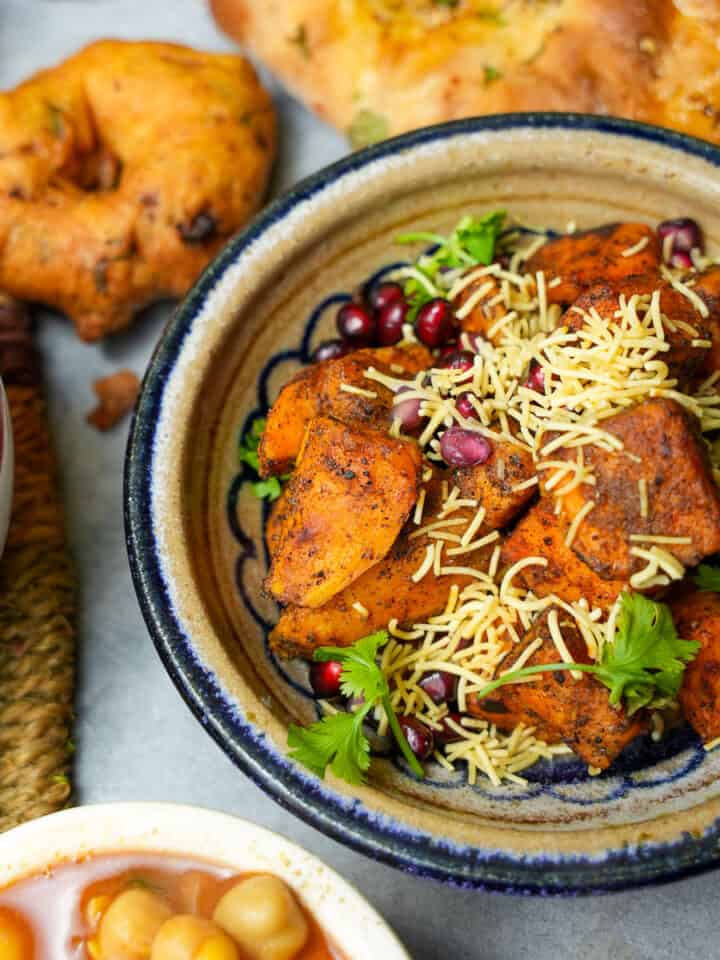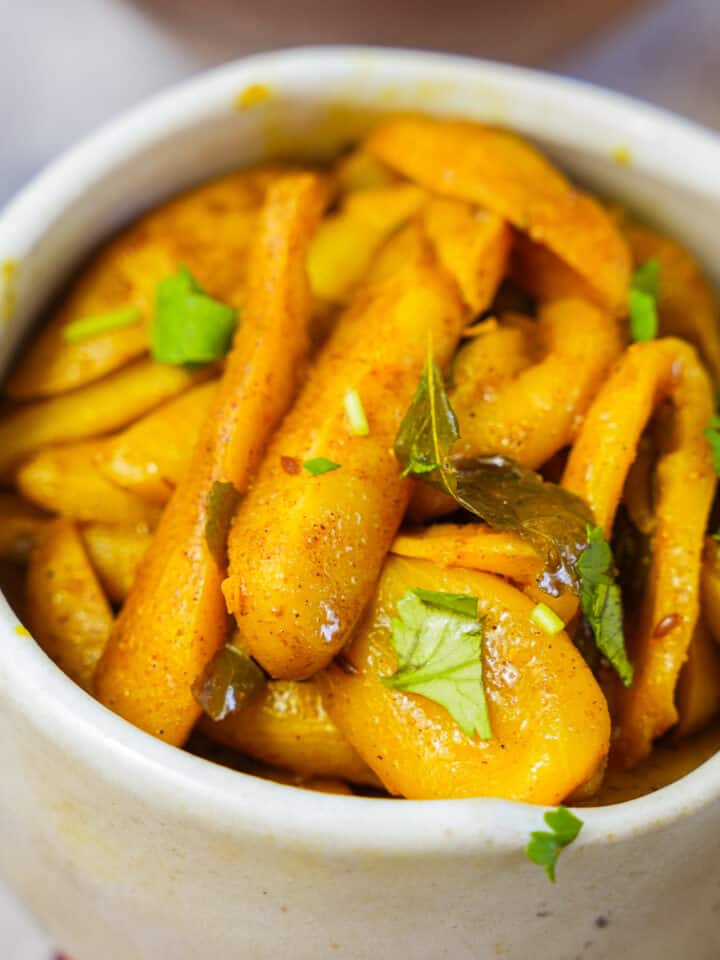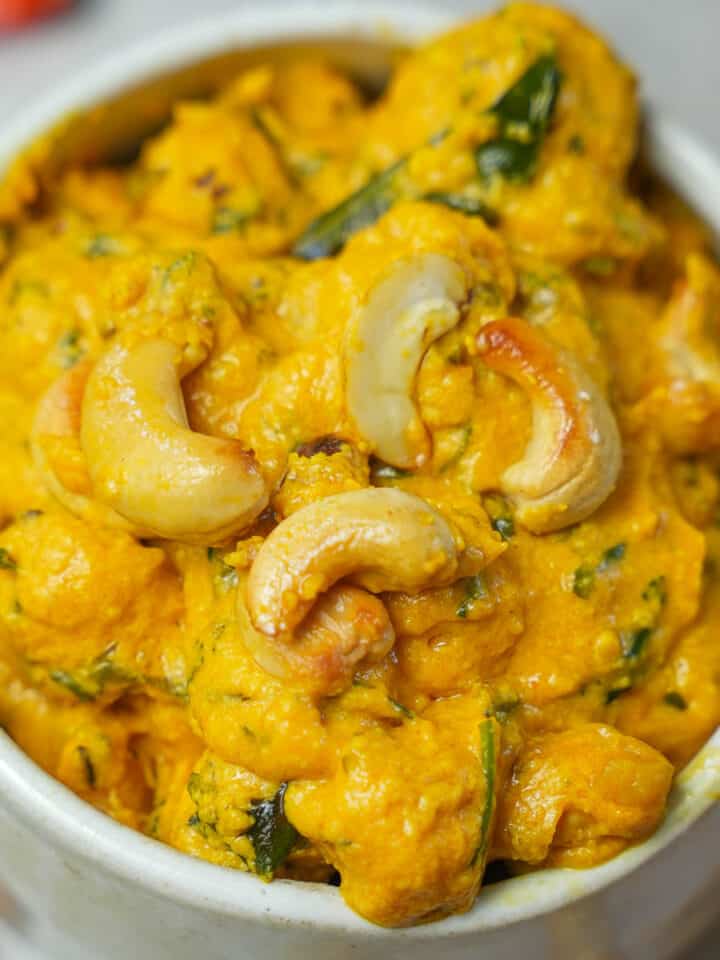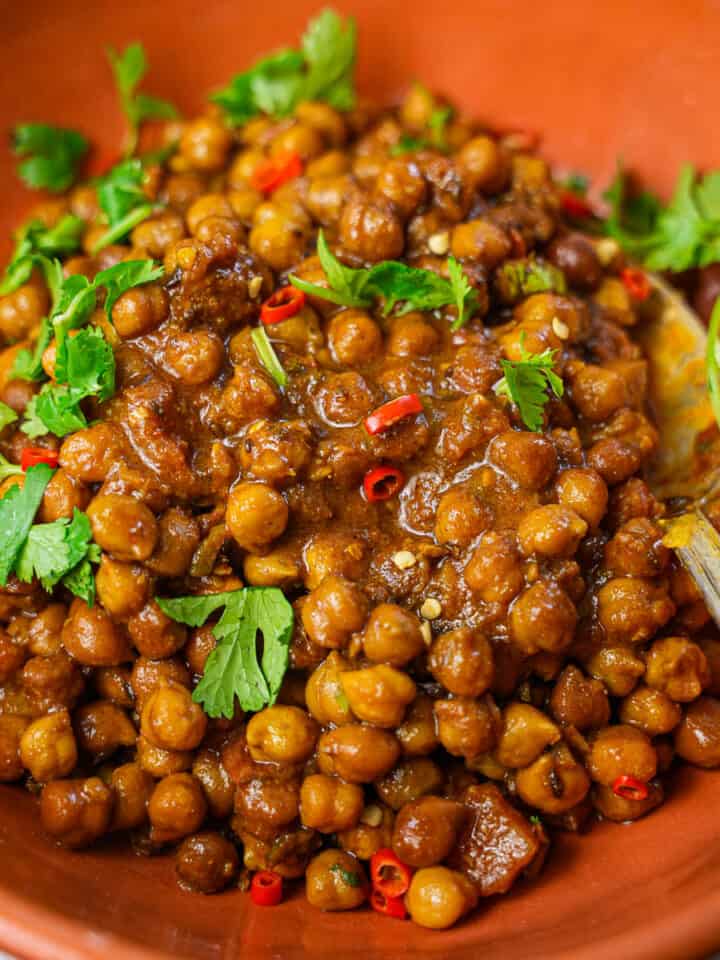Sattvic Food Recipes
Satvik food recipes from all over North and South India. My deities love to be served my saag aloo and ridge gourd curry as bhoga. My family takes chana dal and aviyal over sattvic biryani as Prasadam, and now so can yours!
My Most Popular Sattvic Sabjis:
Important Sattvic Condiments


🤘Learn to make flawless prasadam
This guide to my most popular sattvic vegan recipes is 100% FREE, & you'll love the actual heck out of it 🥰
🤷♀️ What's the deal with sattvic cooking?
For me, following a pure vegetarian diet, free from onions and garlic is only secondarily about health.
My satvik recipes are free from tamasic and rajasic ingredients, making them suitable for serving our deities. We serve bhoga to Lord Jagannath, Baladev and Subhadra in our home temple). In our house, we eat second, consuming their prasadam which we have first offered with Tulsi leaves.
Onions and garlic are traditionally avoided because they’re considered to disturb the mind and body in ways that aren’t helpful for spiritual growth. According to the shastra, especially texts like the Manusmriti and certain Puranas, these foods are classified as tamasic and rajasic. That means they can increase qualities like dullness, agitation, or restlessness—states that make it harder to focus the mind or stay steady in devotional sadhana.
For those who are initiated on a spiritual path (my wife and I have taken shelter in the Brahma Madhva Gaudiya Sampradaya), especially one that involves regular chanting, meditation, or deity worship, the idea is to keep the body and consciousness as clear and balanced as possible. Foods like onions and garlic are said to interfere with that clarity. Instead, a diet based on what’s described as sattvic qualities—things that promote calmness, purity, and self-control—is encouraged because it supports spiritual discipline and a peaceful state of mind.
So it’s not just about the ingredients themselves, but about how they affect consciousness and one’s ability to stay steady in spiritual practice.
Tea and coffee are generally not considered sattvic. This is because they contain stimulants like caffeine, which can agitate the mind and make it more difficult to maintain steady focus and inner calm—qualities that are essential for spiritual practices such as meditation, mantra recitation, or worship.
According to guidance from traditional texts and teachers within the bhakti tradition, sattvic foods are those that promote clarity, peacefulness, and devotion. Substances that stimulate the nervous system, increase restlessness, or create dependency are usually avoided, even if they are plant-based. Herbal teas (such as bandrek) without caffeine may be acceptable if they are calming and prepared in a clean, respectful way.
-
Masala Phool Makhana (Roasted Fox Nut Masala Recipe)
-
Kerala-Style Olan Curry: Authentic Sattvic Olan Recipe for Sadhya
-
Gajar Ka Achar (Indian Carrot Pickle Recipe)
-
Easy Kerala Parotta recipe (Flaky Kerala Paratha)
-
Beerakaya Sabji Recipe (Sattvic Ridge Gourd Curry)
-
Hyderabadi Veg Biryani (Easy Restaurant Style Rice Recipe)
-
Madras Curry Powder Recipe
-
Red Dahl Recipe (Sattvic Masoor Dal)
-
Chatpata Amlaki (Indian Gooseberry Candied Amla)
-
Chana Dal (Sattvic Vegan Bengal Gram Curry)
-
Shakarkandi Ki Chaat (Indian Sweet Potato Street Food)
-
Aloo Parwal Sabji (Easy Vegan Parval Curry for Ekadasi)
-
Phool Makhana Sabzi (Ekadashi Lotus Seed Curry )
-
Amritsari Kulcha Recipe (Punjabi Aloo Naan)
-
Sukha kala chana (Navratri black chickpea curry)

